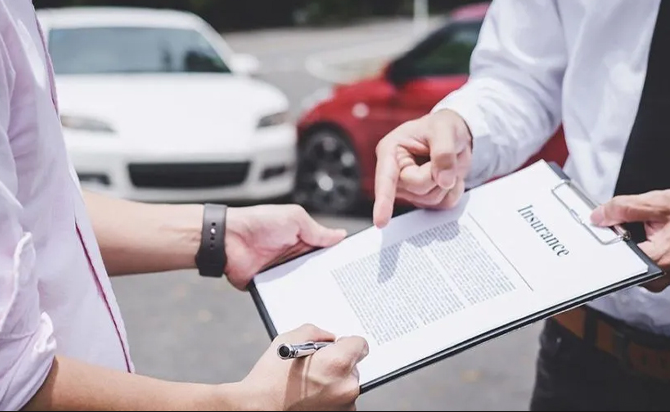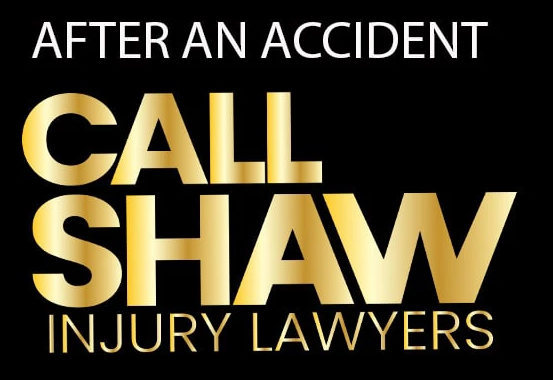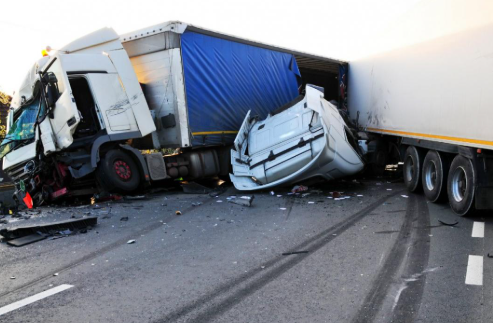Quick overview (what to do first)
-
Make sure everyone is safe and call emergency services if needed.
-
Document the scene (photos, video, location, time, weather, witnesses).
-
Notify your insurer as soon as possible and open a claim.
-
Share the documents your insurer requests and get a claim number.
-
Work with the adjuster, review estimates, approve repairs, and keep receipts.
Step 1 — Stabilize the scene and document everything
-
Check for injuries, move to a safe location if you can, and request medical help when in doubt.
-
Use hazard lights/triangles; avoid secondary collisions.
-
Start a fact log (time, location, vehicles, plate numbers), and capture photos/videos of damage, the road, and any skid marks or debris.
Authoritative guidance emphasizes prompt post-crash care and safe incident management to prevent secondary crashes. transportation.gov
Step 2 — Notify your insurer and open the claim
-
Call the number on your insurance card or use your insurer’s mobile app/online portal to “file a claim.”
-
Ask for (and write down) your claim number, next steps, and deadlines.
The Insurance Information Institute recommends contacting your insurer ASAP, using mobile tools to jump-start the claim, and asking what paperwork they need (often a “proof of claim” and, if applicable, a police report). III
Step 3 — Gather the documents your insurer will likely request
Create a folder with:
-
Policy details and driver’s license(s)
-
Police report number (file one when required; always for theft/hit-and-run)
-
Photos/videos, dash-cam clips, tow/recovery bills
-
Names/contacts/insurance info for involved parties and witnesses
Regulators advise calling the police promptly for hit-and-run or theft, and contacting your insurer quickly to start the process. content.naic.org
Step 4 — Make the call (or app submission)
Use clear, neutral language focused on facts—avoid guessing or assigning fault. Here’s a script you can use:
Phone script
“Hello, I would like to file a claim for a car accident. My name is [Full Name], policy number [####]. The collision occurred on [date] at [time] in [city]. No/Yes injuries reported. Vehicles involved: [brief description]. I have photos and contact details for the other driver and witnesses. Could you confirm my claim number, the documents you need, any deadlines, and whether I should arrange towing or a rental through you?”
Ask these key questions:
-
What coverages might apply (liability, collision, comprehensive, medical payments, uninsured/underinsured)?
-
What’s my deductible and how will it be collected?
-
Do you need a recorded statement, or will a written statement suffice?
-
How do I submit more photos or receipts?
Step 5 — Work with the adjuster (inspection, valuation, and approvals)
Expect an adjuster to review the damage (in person or virtually), request additional info, and discuss next steps. In many jurisdictions, once you file an auto claim, the insurer typically may repair, replace, or pay cash for the loss—ask which path they’re using in your case and how the valuation was determined. idoi.illinois.gov
Step 6 — Repairs, estimates, and your rights
-
Get a written repair estimate and keep copies of all approvals and invoices.
-
You generally have rights around receiving an estimate first and authorizing work before it’s done; keep everything in writing and save receipts for towing, storage, and rental. Bureau of Automotive Repair
Step 7 — Medical and special items
-
Keep a treatment diary, bills, prescriptions, and work-absence notes if injuries are involved.
-
If a child safety seat was in the vehicle, follow safety guidance about replacement after moderate/severe crashes. NHTSA
Step 8 — Review the settlement and close the claim
-
Compare the settlement or repair plan with your policy and the estimate(s).
-
If something seems off, ask for a written explanation and escalate internally. If you still can’t resolve it, you can file a complaint with your state/territory department of insurance (they track delays, denials, and settlement disputes). content.naic.org
Practical checklist (copy/paste)
-
☐ Claim number recorded
-
☐ Police report number (if applicable)
-
☐ Photos/videos uploaded
-
☐ Other driver + witness details saved
-
☐ Tow/repair/rental arranged per instructions
-
☐ Written estimate approved
-
☐ All receipts kept (tow, rental, meds)
-
☐ Settlement reviewed and questions answered in writing
Email template you can send to your insurer
Subject: Claim Filing – [Policy #] – [Accident Date]
Hello [Insurer/Adjuster Name],
I would like to file a claim for a car accident that occurred on [date] at [time] in [location]. My policy number is [####].
Facts: [brief, neutral description of what happened].
Attachments: photos of damages, contact details for the other driver/witnesses, and any medical/towing documents.
Please confirm my claim number, required documents, deadlines, and the next steps (inspection, repair authorization, rental vehicle).
Thank you,
[Name]
[Phone]
[Email]
Notes on jurisdictions
Procedures and deadlines vary by country and even by state/province. When in doubt, follow the instructions from your insurer, check your policy, and refer to your local insurance department’s consumer guidance.
Trusted, authoritative references used in this guide
-
Insurance Information Institute—how to file an auto claim (contact ASAP, required documents, using apps). III
-
National Association of Insurance Commissioners—consumer guidance on filing a claim and when to involve police. content.naic.org
-
U.S. DOT (post-crash care and incident management). transportation.gov
-
Illinois Department of Insurance—what your insurer may do after you file (repair, replace, or pay cash). idoi.illinois.gov
-
California Bureau of Automotive Repair—your repair-shop rights and written estimates. Bureau of Automotive Repair
-
(Optional) NHTSA—child car seat use after a crash.


